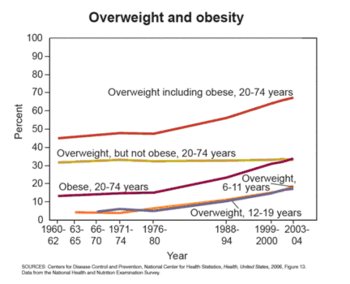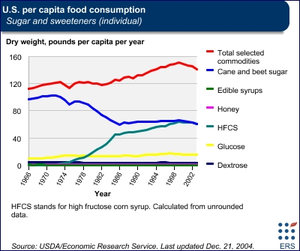Reuters is reporting on a study that claims to show that low-carb diets can have an advantage over low-fat ones for heart health. I'm sure that fans of Atkins-style diets, the folks who want to believe that bacon is a health food, will be touting the results. (If you actually read the article, you'll see that the small differences in HDL levels and blood pressure are no big deal, but I doubt that will stop low-carb fans from latching on to the headline.)
What this study actually shows, however, is just how utterly bad some nutrition research can be.
What was this "low-fat" diet like? The supposed low-fat diet had a target of 55 percent of calories from carbs, 15 percent from protein and 30 percent from fat.
But 30 percent of calories from fat is not a low-fat diet. The 30% recommendation was based on what was seen as an achievable goal in a fat-addicted culture, not as a health optimum; it's like, "hey, can you cut the cigarettes down to a pack a day?"
The average intake is estimated at 35.4% calories from fat in industrialized nations, so 30% is only a little below that. (I've seen estimates that the American average is 45%, but that only shows how fat-addicted we are, not that 30% is low.) In developing nations it's 19.6% -- close to the 20% estimated for Late Paleolithic humans. That's much higher than other primates, and almost certainly well in excess of our needs, but we might call 20% a moderate-fat diet. An actual low-fat diet like the Ornish plan gets around 10% of its calories from fat.
Considering 30% to be a "low-fat" diet is an all-too-common flaw in diet studies. But this one addds another big whopper. Where did the low fat, high carb diet get its carbs? Were those on this arm of the study getting complex carbs from vegetables and whole grains? Well, no: study participants
were instructed to start exercising regularly -- mostly brisk walking -- and learned tactics for weight management, such as writing down what they ate every day and setting reasonable short-term goals (if you normally eat 10 candy bars a week, for instance, first try cutting out a couple rather than going cold-turkey.)
(Emphasis added.) So it seems sugar was on the menu, even in high amounts.
Meanwhile, the low-carb group got their small ration of carbs from a strictly regimented selection of vegetables, fruits, grains, and dairy.
So the "low-fat" diet here was a high-fat, sugar-laden, nutritional nightmare, and the "low-carb" one was an even higher-fat, sugar-free nutritional nightmare. It's not surprising that the low-carb diet, bad as it is, might look good in comparison -- even with the side effects this study found common: hair loss, bad breath, and constipation.
And this passes for science?

